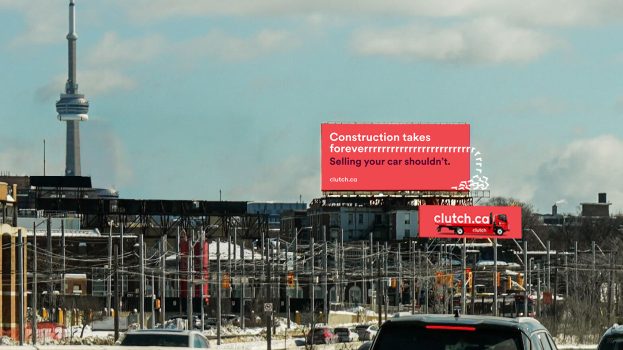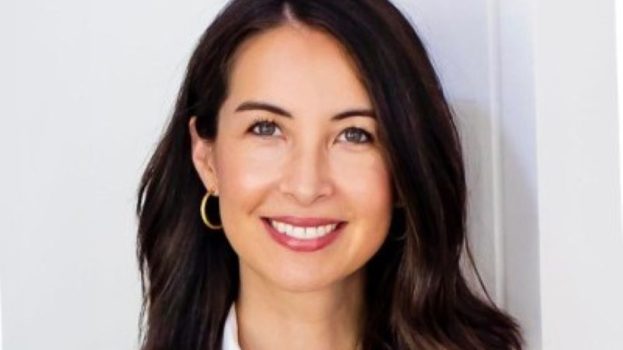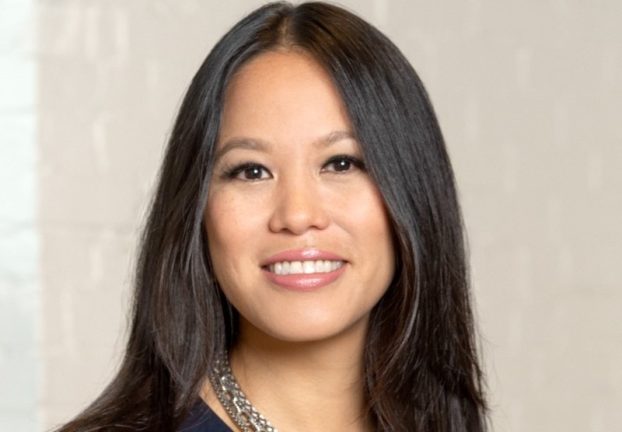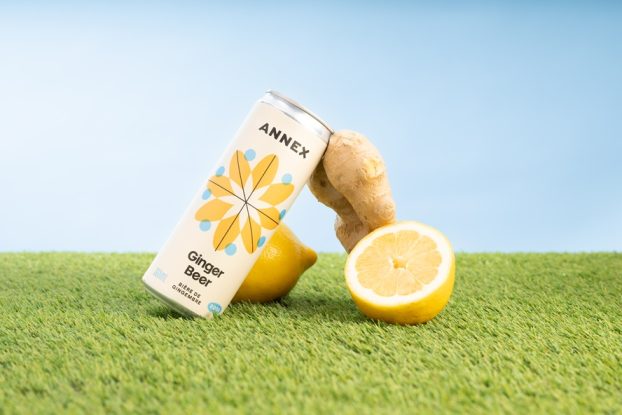
By John Bradley and Carrie Bradley
Coal-mining was a dangerous occupation, especially when compared to those of us who only face Zoom background judgement or ring-light blindness as occupational hazards.
By far, the biggest danger for miners wasn’t cave-ins, since tunnels could be shored up – it was gas. Un-see-able, un-smell-able and deadly. So, miners co-opted the services of sentinel species – usually canaries or finches – to go down the mines with them, their role being to die before any miners did. Being more susceptible to lower levels of poisonous gas, the canary keeling over was advance warning that you were next.
But which are the COVID-19 sentinel categories? Those first to fall victim to changed consumer mindsets post-lockdown and financial insecurity? Those for who a V-shaped, U-shaped or W-shaped recovery might end up being L-shaped? Those who can provide advance warning to the rest of us that, unless we adapt, we’re next?
A good one might be the new car category.
Car dealerships – already wilting from the enforced drop in highly lucrative servicing – are counting on getting back the bulk of this year’s lost car sales through pent-up demand. A survey by IMI announced that, compared to the same research done pre-pandemic, intent to buy over the next 18 months has remained stable. Good news! But is it good enough?
Firstly, an unchanged level of purchase intent suggests that demand isn’t actually pent up. If it were, intent would have increased. As it hasn’t, it could well be that the cars not sold since February will remain not sold forever.
Secondly, polling people on their intent to buy within the next 18 months seems to be unduly reliant on the question being answered from the same level of predictability our lives had in February. Given none of us know when we will next take a flight, vacation abroad or see our grandmothers again, it’s hard to envisage the one thing already indelibly inked into the 2020/2021 calendar is “Buy New Car.”
The canary in the report can be found in nuggets such as the rise in economic stability being a top concern for those intending to buy a vehicle, the frequency with which they are checking their finance apps and how much more thoughtful they are being about spending. This is not sounding like a good recipe for finding $40,000 to replace a car that is working just fine.
Ever since William Durant built General Motors by buying up a range of car makers to create a portfolio of increasingly luxurious and expensive brands, new car purchasing has been a signal of consumers’ life achievements and lifestyle aspirations, a strategy employed by countless categories since.
But when the life achievements of a substantial proportion of consumers have been consigned to the trashcan marked “furlough,” and lifestyle aspirations have switched to focus much more on life than on style, can anyone count on previous rules still applying?
It has become increasingly clear that those who were privileged and advantaged before COVID-19 have suffered only minor inconvenience and can probably be counted on to resume most, if not all of their purchasing habits. But those who aspire to climb the pyramid of life – who were already facing hurdles to achieving what have typically been considered financial milestones – have been suddenly and unexpectedly catapulted into yet another world of financial insecurity not seen since the Great Depression. These are the buyers who enter our brand portfolios at the bottom, buying William Durant’s Chevy, and then gradually but inexorably working their way up to the more lucrative corners of brand portfolios, ending up with a Cadillac to showcase a lifetime of progress.
So, the key questions posed by the car industry canary are these: how reliant was and is your business model on a constant and steady stream of entry-level consumers? If the answer is any more than zero, then how much of a prolonged sales decline can you withstand? If the answer is “not much longer,” then how fixed are your fixed costs? If the answer is “quite,” then you might have the same life expectancy as the canary.
The gleaming chrome and glass palaces housing the increasingly dust-covered new car models could well become mausoleums to William Durant’s way of selling cars. But then, as an ex-manufacturer of horse carriages prior to a timely switch to the horseless variety, he would already be heading for the mineshaft exit.
 John Bradley and Carrie Bradley are managing partners of The Bradley Group.
John Bradley and Carrie Bradley are managing partners of The Bradley Group.























